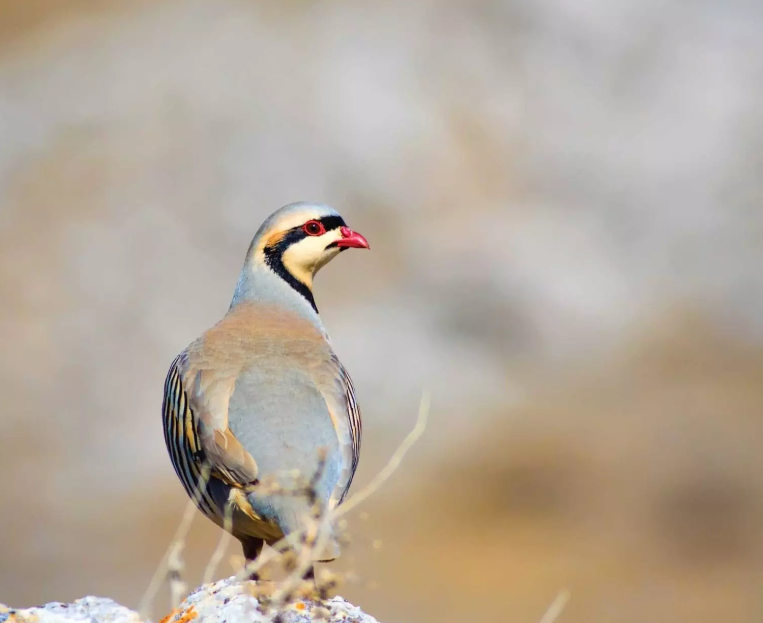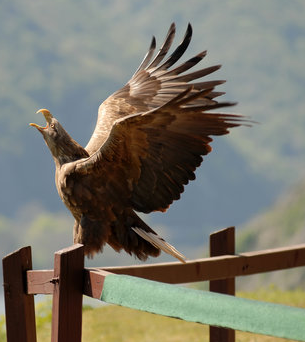Let’s look into the El Salvador National Bird. The turquoise-browed motmot is a stunning bird that is native to the Central American region. It is known for its unique appearance and distinct behavior, which have made it a popular bird among both locals and tourists. In this article, we will explore the history, characteristics, behavior, and cultural significance of the turquoise-browed motmot, which is also the national bird of El Salvador.
History and Background of the El Salvador National Bird
The turquoise-browed motmot, scientific name Eumomota superciliosa, is a member of the motmot family. It is found in various regions of Central America, including Mexico, Guatemala, Belize, Honduras, Nicaragua, Costa Rica, and of course, El Salvador. The bird is known for its unique and colorful appearance, with a turquoise forehead and crown, a black mask, a bright blue-green back, and a long, graduated tail with two central feathers that look like racquets. The motmot is typically 34 to 38 cm in length, with a wingspan of around 46 cm.
The motmot is a symbol of beauty and vitality in El Salvador. It was officially declared as the national bird of El Salvador on October 21, 1999, after a nationwide contest that involved thousands of Salvadorans. The bird was chosen as a symbol of the country’s natural heritage and cultural diversity, and as a way to promote conservation and protection of the country’s natural resources.
Physical Characteristics of the Turquoise-Browed Motmot
The turquoise-browed motmot is a medium-sized bird with a distinctive and colorful appearance. It has a turquoise-blue forehead and crown, a black eye mask, and a bright blue-green back. Its wings are a mix of green and blue, with a white patch on the wing coverts. The tail of the bird is long and graduated, with two central tail feathers that are modified and shaped like racquets. These feathers are usually displayed during courtship and territorial displays. The motmot’s beak is black, straight, and fairly long, measuring around 5 cm.
The motmot’s diet consists of insects, lizards, spiders, and fruit. It is an active and opportunistic predator, catching prey both on the ground and in the air. The bird is known for its distinctive call, which sounds like “wuup wuup.” It also has a habit of wagging its tail from side to side, which is believed to be a territorial display or a way to attract mates.
Behavior and Habitat of the Turquoise-Browed Motmot
The turquoise-browed motmot is found in various habitats in Central America, including tropical forests, dry forests, and scrublands. It prefers habitats with tall trees and open spaces, where it can fly and hunt for prey. The bird is typically solitary or found in pairs, and it is not a migratory bird.
The motmot is known for its unique behavior, which includes wagging its tail, hawking for insects, and digging holes in the ground to nest. The bird typically lays its eggs in burrows that it digs in sandy or loose soil, usually near a stream or river. The burrows are usually 1 to 2 meters long, and they end in a nesting chamber where the female lays her eggs. The male bird helps to dig the burrow and incubate the eggs, which hatch after around 21 days. The chicks are fed by both parents until they fledge and leave the nest after around 24 to 26 days.
El Salvador National Bird: Cultural Significance
The turquoise-browed motmot is a beloved and iconic bird in El Salvador, and it holds cultural and historical significance for the people of the country. The bird is often featured in traditional arts and crafts, such as paintings, pottery, and textiles. It is also a popular subject in literature and poetry, where it is often used as a symbol of beauty, freedom, and resilience.
The motmot is also considered an important species for conservation efforts in El Salvador. Its habitat is under threat from deforestation, habitat fragmentation, and other human activities, and it is listed as a species of concern by the International Union for Conservation of Nature (IUCN). Efforts are underway to protect the bird’s habitat and raise awareness about its conservation status among the public and policymakers.
Conclusion
The turquoise-browed motmot is a unique and fascinating bird that is native to Central America and the national bird of El Salvador. Its distinctive appearance, behavior, and cultural significance make it an important species for conservation and preservation. Through awareness-raising efforts and conservation initiatives, we can ensure that this iconic bird continues to thrive in its natural habitat for generations to come.
El Salvador National Bird: FAQs
- What is the scientific name of the turquoise-browed motmot?
The scientific name of the turquoise-browed motmot is Eumomota superciliosa.
- Where is the turquoise-browed motmot found?
The bird is found in various regions of Central America, including Mexico, Guatemala, Belize, Honduras, Nicaragua, Costa Rica, and El Salvador.
- Why was the turquoise-browed motmot chosen as the national bird of El Salvador?
The bird was chosen as a symbol of the country’s natural heritage and cultural diversity, and as a way to promote conservation and protection of the country’s natural resources.
- What is the motmot’s diet?
The motmot’s diet consists of insects, lizards, spiders, and fruit.
- Why is the turquoise-browed motmot important for conservation efforts?
The bird’s habitat is under threat from deforestation, habitat fragmentation, and other human activities, and it is listed as a species of concern by the IUCN. Conservation efforts can help protect the species and its habitat.
Featured Image Credits: Karen Brodie/Getty Images

